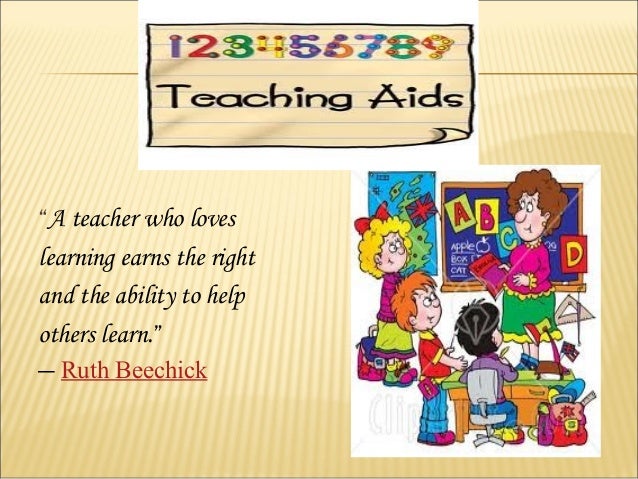Teachers before start teaching the class, they have to keep in mind that the material they use is
relevant to learners' acquisition. However, not only the material is important but also the lesson
plan, the resources, the introduction to the course, etc.
Furthermore, when we talk about setting learning objectives, it is not only write some verbs and just
that. It has a process the verbs which have to be written on the lesson should be carefully selected, in
this way the teacher is completely sure about what they have to learn in every class,
The verbs the teacher should include in the lesson plan have to be action verbs. Also, the teacher has
to think about what he/she need to teach in the class, because a teacher can have problems if the
class is not very prepared.
It is really relevant to think about the development of the progress in the classroom.
http://depts.washington.edu/eproject/objectives.htm
http://www.educationoasis.com/curriculum/LP/LP_resources/lesson_objectives.htm












